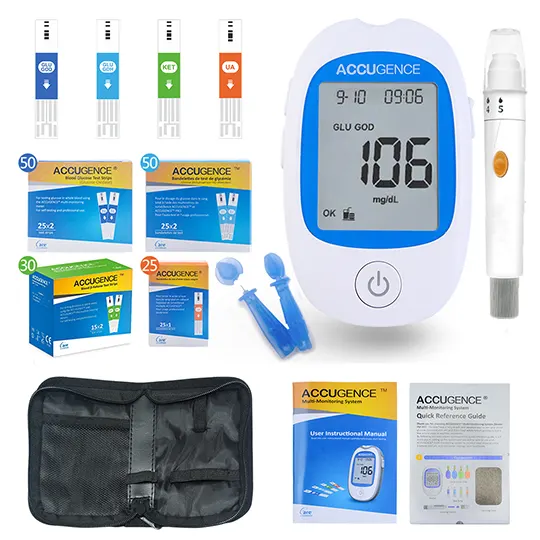cyclopentolate (Cyclogyl, AK-Pentolate)
Classes: Cycloplegics/Mydriatics; Anticholinergic Agents, Ophthalmic
Dosing and uses of Cyclogyl (cyclopentolate)
Adult dosage forms and strengths
solution
- 0.5%
- 1%
- 2%
Mydriasis/Cycloplegia Diaganosis
1-2 gtt of 1% solution in eye; may repeat in 5 minutes PRN; cycloplegia & mydriasis may last for 24 hours
Use 2% in heavily pigmented iris
Overdose Management
Ocular: Flush eyes w/water
Ingestion: Emesis, lavage
Severe systemic ADR's: Physostigmine
Pediatric dosage forms and strengths
solution
- 0.5%
- 1%
- 2%
Mydriasis/Cycloplegia
1-2 gtt of 0.5%, 1% or 2% solution in eye; may repeat 5 minutes later by second application of 0.5% or 1% solution if necessary
Cyclogyl (cyclopentolate) adverse (side) effects
Frequency not defined
Blurred vision
Burning sensation in eye
Light intolerance
Tachycardia
Conjunctivitis
Raised intraocular pressure
Hyperreactive response in Down's syndrome children (atropine)
Drowsiness
Warnings
Contraindications
Hypersensitivity, untreated narrow angle glaucoma or increased IOP; untreated anatomically narrow angles
Sulfite sensitivity and other hypersensitivities; children with previous systemic reaction to atropine
Cautions
Wait 5 min between drops
Transient elevatin in intraocular pressure may occur
Use caution in patients with Down syndrome (predisposed to angle-closure glaucoma)
Remove contact lenses prior to administration and wait 15 min before reinserting
The eldrely may be predisposed to increased intraocular pressure
The 2% solution may result in psychotic reactions and behavioral disturbances in children 30-45 min following instillation
Minimize absorption by using 1 drop of solution per eye and applying presure over the nasolacrimal sac for 2-3 min
Pregnancy and lactation
Pregnancy category: C
Lactation: Excretion in milk unknown; use with caution
Pregnancy categories
A: Generally acceptable. Controlled studies in pregnant women show no evidence of fetal risk.
B: May be acceptable. Either animal studies show no risk but human studies not available or animal studies showed minor risks and human studies done and showed no risk.
C: Use with caution if benefits outweigh risks. Animal studies show risk and human studies not available or neither animal nor human studies done.
D: Use in LIFE-THREATENING emergencies when no safer drug available. Positive evidence of human fetal risk.
X: Do not use in pregnancy. Risks involved outweigh potential benefits. Safer alternatives exist.
NA: Information not available.
Pharmacology of Cyclogyl (cyclopentolate)
Onset: rapid; max effect not for 30 min
Excretion: urine
Mechanism of action
Blocks action of acetylcholine resulting in relaxation of the cholinergically innervated iris sphincter muscle
Cholinergic stimulation of accommodative ciliary muscle of lens is also blocked
Anticholinergic effects of cyclopentolate in eye produce dilation of the pupil (mydriasis) and paralysis of accommodation (cycloplegia)
Pharmacokinetics
Onset of action: 25-75 min (cycloplegia); 30-60 min (mydriasis)
Duration: < 24hr
Absorption: Minimal systemic



